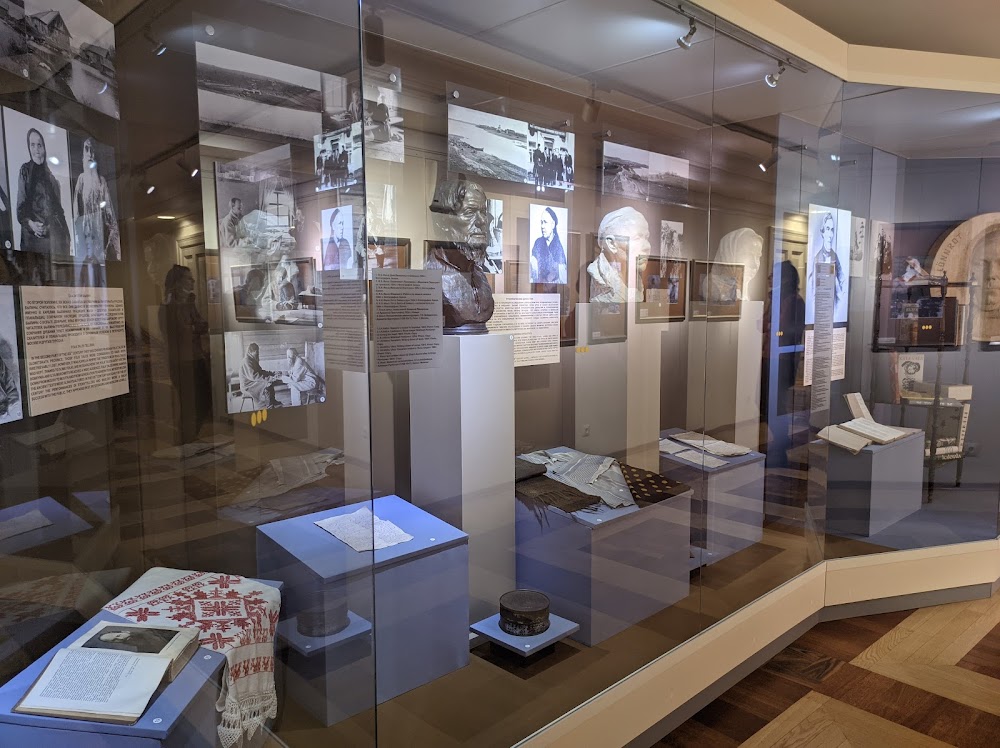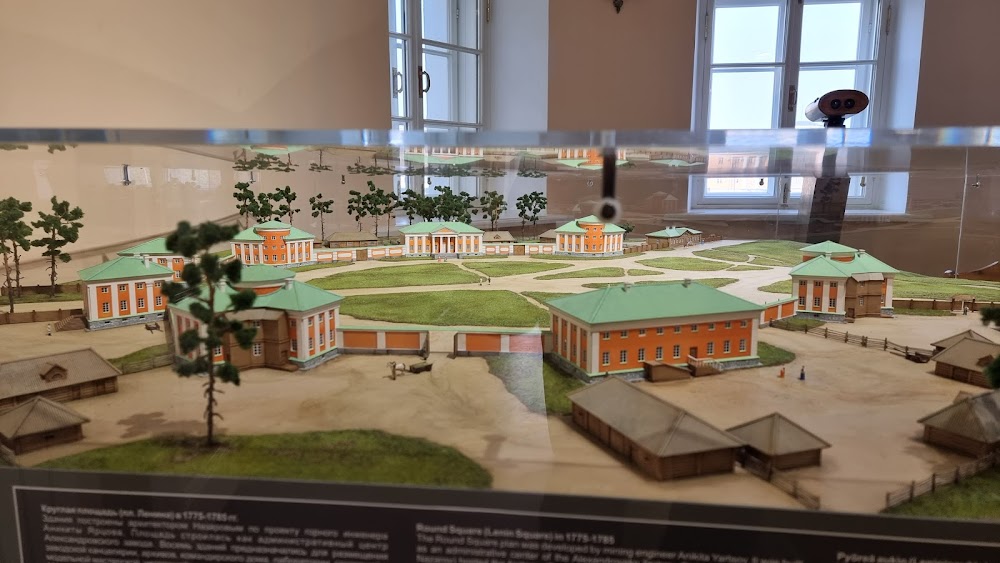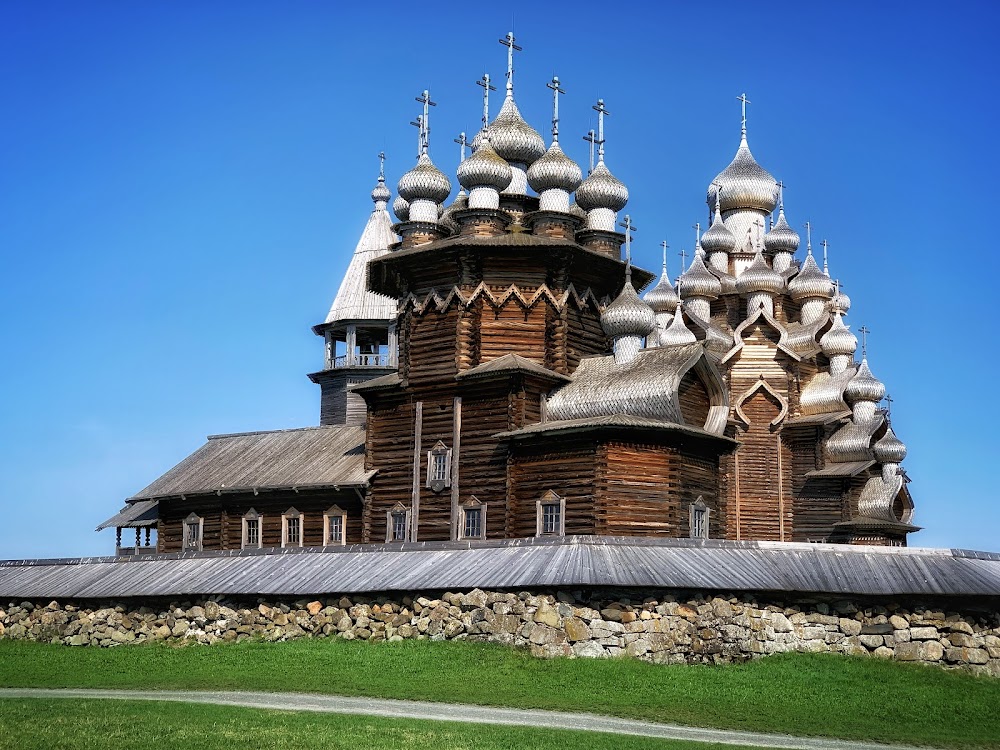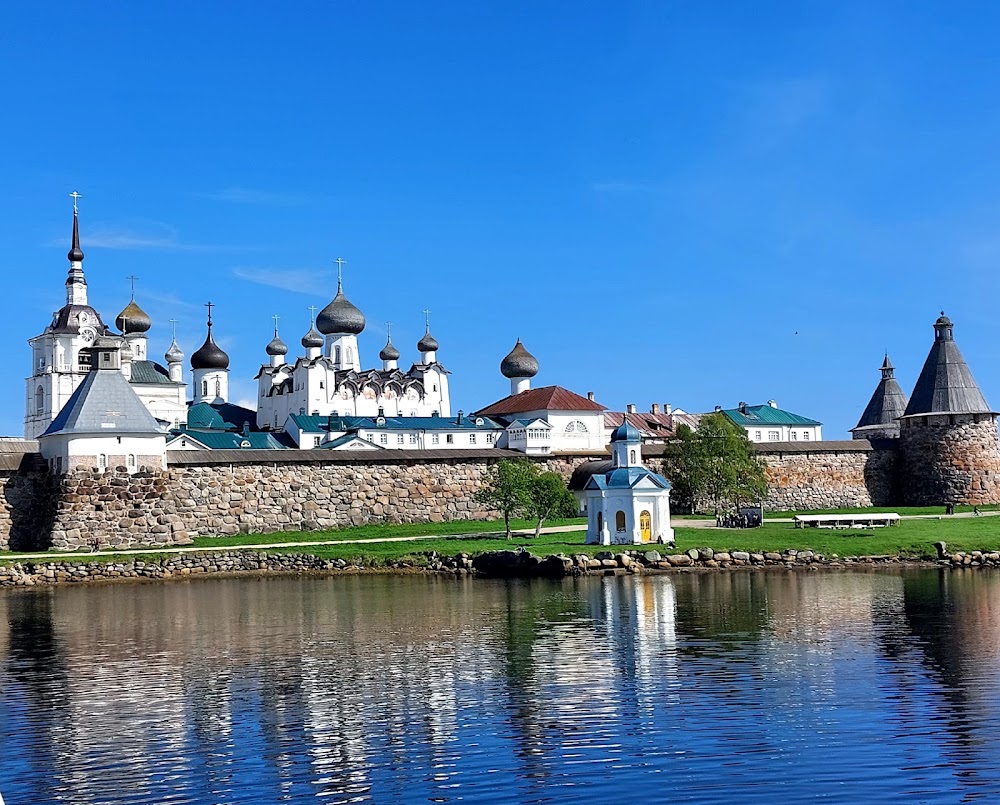Karelian State Museum of Local Lore (Карельский государственный музей)
Overview
The National Museum of the Republic of Karelia, also known as the Karelian State Museum of Local Lore, is a cultural gem nestled in Petrozavodsk, the capital of the Republic of Karelia, Russia. This museum is a fascinating repository of the region's history, culture, and natural heritage, offering visitors a glimpse into the rich traditions and diverse past that define Karelia.
Established in 1871, the museum is one of the oldest in the region. It began as a modest collection of artifacts lovingly curated by local historians and archaeologists dedicated to preserving Karelia's unique history. The initial assortment included archival documents, local crafts, and natural history specimens, laying the groundwork for what would become an extensive and invaluable collection.
Over the years, the museum has significantly expanded its offerings. Today, it occupies an impressive building that harmoniously blends classical and modern architectural styles. The striking entrance, adorned with columns and intricate carvings, reflects the grandeur of classical design while incorporating artistic elements unique to the region. Inside, visitors will find a labyrinth of galleries and exhibition halls, each dedicated to various facets of Karelian heritage.
One of the museum's standout features is its extensive ethnographic collection. This section showcases traditional Karelian costumes, household items, and tools used by indigenous peoples. Visitors can marvel at beautifully crafted wooden objects that highlight the region's rich woodworking tradition. The museum is particularly proud of its detailed dioramas, which vividly recreate scenes from the daily lives of Karelians throughout different historical periods.
The museum also houses a significant archaeological collection. This fascinating display includes artifacts from ancient settlements, burial mounds, and petroglyph sites, offering insights into Karelia's early history. Stone tools, pottery shards, and ancient jewelry are exhibited alongside informative panels, which provide context on the lives of the region's early inhabitants.
Another captivating section of the museum focuses on natural history. Here, visitors can explore specimens of local flora and fauna, geological samples, and information about the region's unique ecosystems. A special exhibit on the famous Karelian birch, known for its striking grain and used in fine woodworking and furniture, adds to the allure of this section.
The museum's historical exhibits span various eras, including the medieval period when Karelia was a contested frontier between Sweden and Novgorod, and its eventual incorporation into the Russian Empire. These displays detail the profound impact of these historical shifts on local populations and culture. A noteworthy section dedicated to the Soviet period highlights key themes such as industrialization, World War II, and daily life under Soviet rule.
The museum's growth is a testament to the unwavering commitment of local authorities and historians to preserve their regional heritage. Significant support from the government and cultural organizations has facilitated this development. Over the years, the building has undergone several renovations and expansions to accommodate the growing collection and enhance the visitor experience.
Alongside its permanent exhibitions, the National Museum of the Republic of Karelia regularly hosts temporary exhibitions, educational programs, and cultural events. These initiatives aim to engage both the local community and visitors, fostering a deeper appreciation for Karelian culture and history. The museum collaborates with other cultural institutions in Russia and beyond, providing diverse and enriching experiences for its audience.
Local craftsmen and artisans play an essential role in the museum's activities. They frequently participate in workshops and live demonstrations, allowing visitors to engage with traditional craftsmanship and even try their hand at various skills. This interactive approach not only keeps local traditions alive but also connects them to contemporary audiences.
The museum's library and archive are invaluable resources for researchers and historians, containing a wealth of information about Karelia, including rare books, manuscripts, maps, and photographs. These resources are frequently utilized in scholarly work, deepening the understanding of the region's complex past.
Overall, the National Museum of the Republic of Karelia stands as a guardian of the region's history and culture. By preserving and presenting Karelia's rich heritage, the museum ensures that the stories and traditions of this unique area are passed down through generations. Whether through its extensive collections, engaging educational programs, or vibrant community activities, the museum remains a vital cultural institution at the heart of Petrozavodsk.






